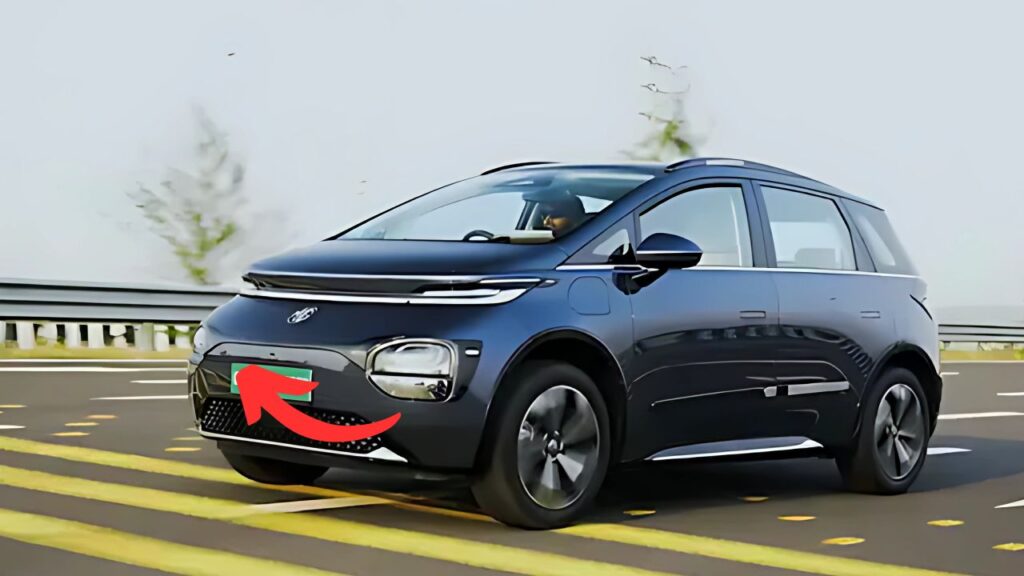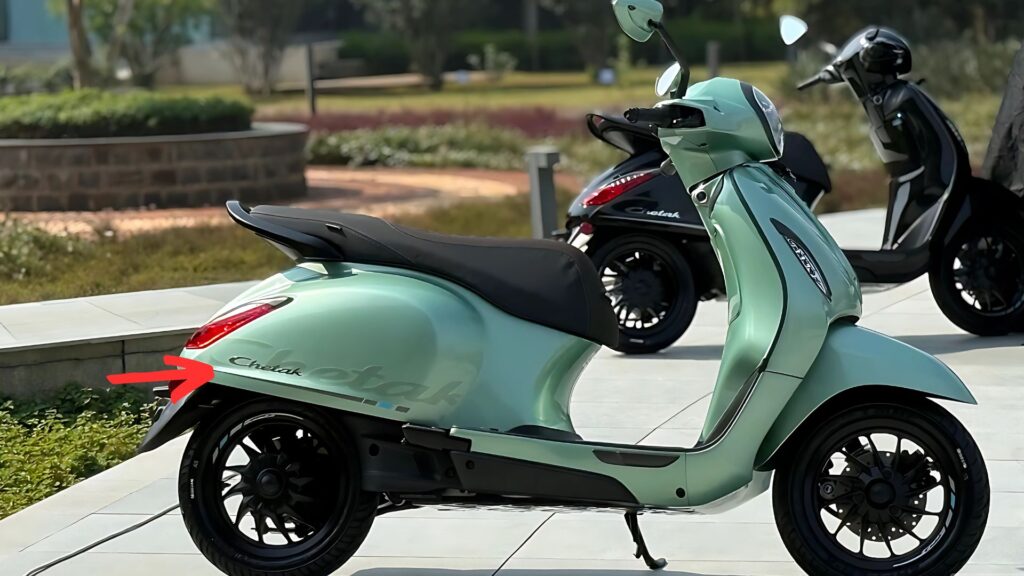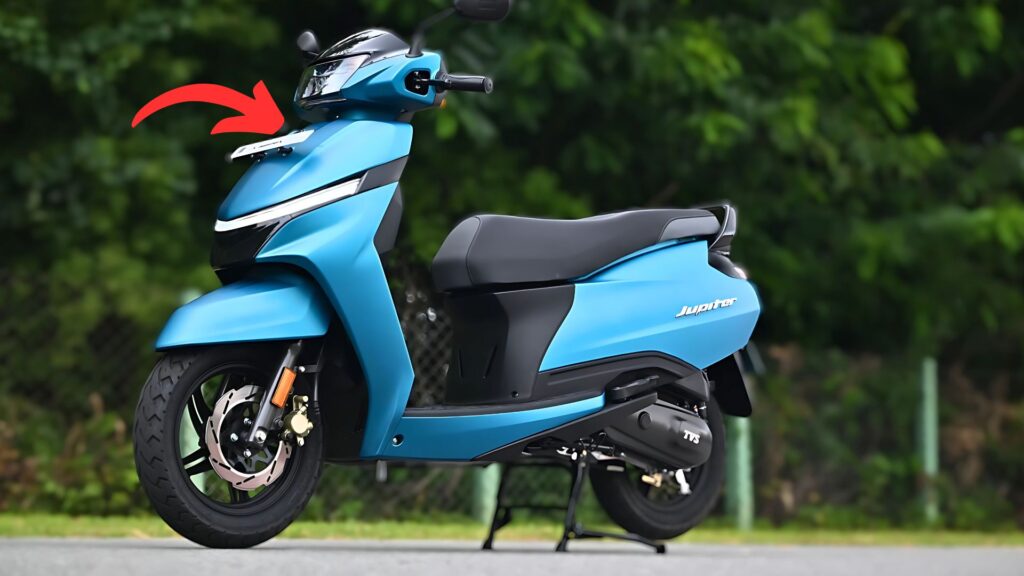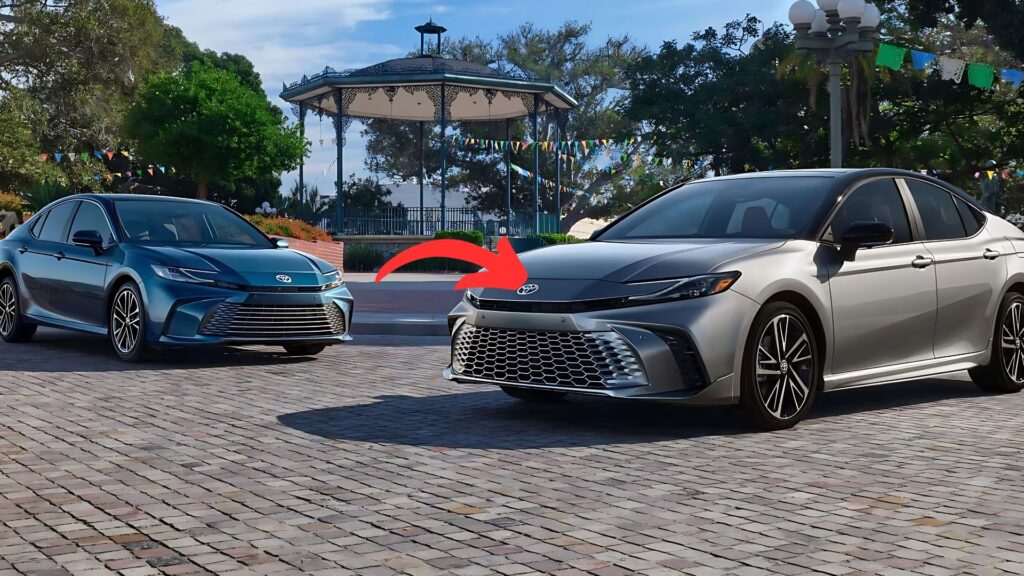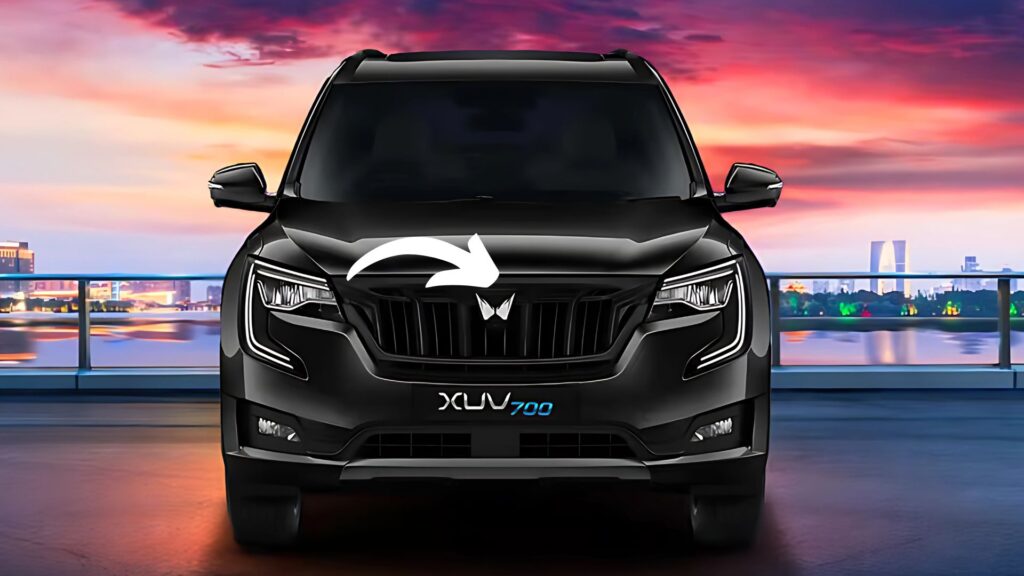Indian auto industry has been facing a significant downturn in recent months as people are deferring buying decision to wait and see what transpires. This has posed considerable challenges to manufacturers and dealers throughout the country and the industry has had to change in order to accommodate the new behaviors of consumers and new dynamics of the marketplace.
Table of Contents
Second-Guessing in Face of Economic Flux
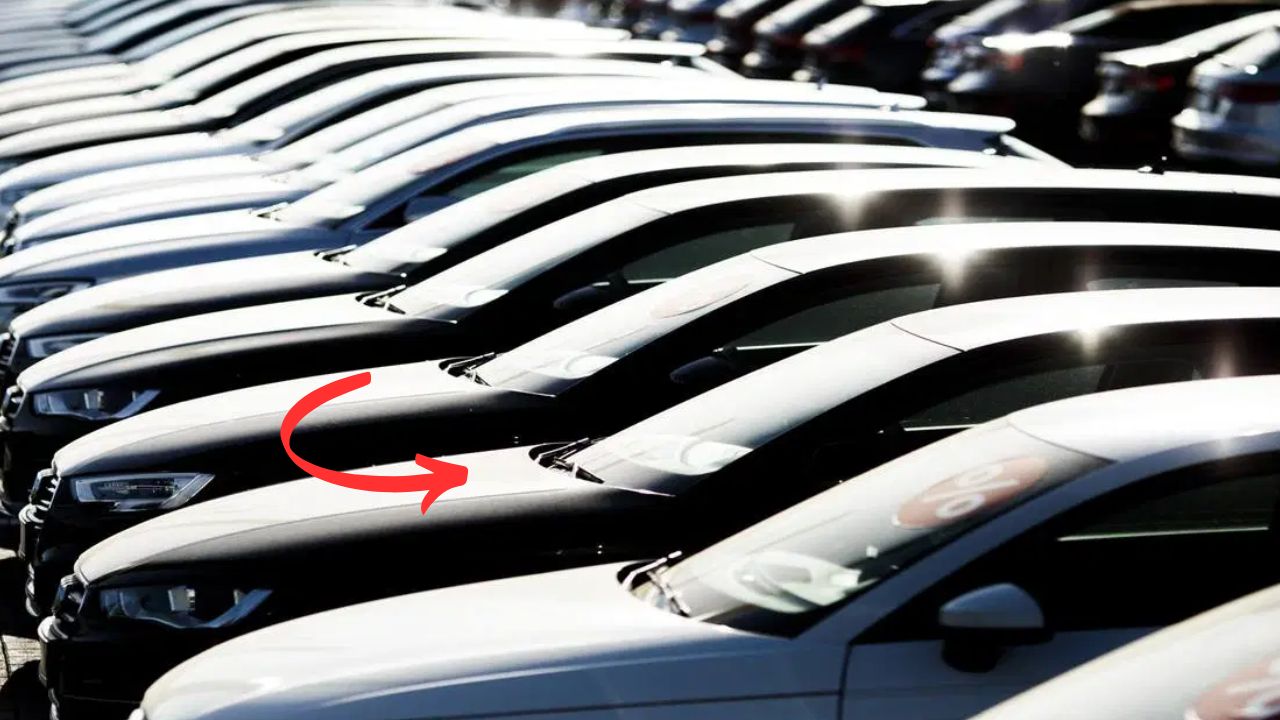
For India’s auto market today, the hesitancy is for several reasons. Economic uncertainties have led to more caution from consumers when it comes to big purchases like cars. The automotive industry in India has been grappling with a sales slowdown across categories of products as consumers are deferring their discretionary spending. This reluctance is especially palpable in big cities, where prospective buyers are being very thoughtful before they decide to pull the trigger.
Increasing inflation and spiking interest rates are adding to the drag on consumer sentiment. Families are reordering their priorities as the cost of living goes up, and that means buying a car goes lower on their to-do list. Furthermore, the lasting impact of global supply chain bottlenecks is still having an influence on the availability and pricing of certain models.
The Technology Transition Factor
A major part of that waiting around game has to do with the ongoing tech switch-up that’s going on in the car biz. As incentives for electric vehicles (EVs) pick up, many prospective consumers are holding off on the purchase of new cars, weighing whether to opt for an outdated internal combustion engine auto or counting the days until cheaper and more practical EVs become a reality.
There is no question that government intervention to shift toward cleaner transportation options presents both opportunities and threats. Subsidies and grants to encourage electric vehicle adoption are attractive…but with an embryonic charging network and cost inequality (ohhhh let’s not even get started on the initial costs of EVs), many consumers stall taking the decision. It is at this intersection that a unique set of “fence sitters” has emerged, with some waiting for more competitive EV alternatives to arrive, and others looking for price adjustments in standard vehicles.
Impact on Dealers and Manufacturers
This long decision cycle has stressed the whole automotive value-chain. Dealerships are seeing diminished foot traffic and elongated sales conversion times, and in a few cases, dealers are stockpiling unsold inventory. Manufacturers are adjusting production hours and providing added incentive programs to keep demand active.
The situation is particularly tough for smaller dealers who have no deep pockets to ride out long sales slowdowns, industry insiders say. A few dealerships are getting adventurous with their service offering, venturing onto the used-car lot and improving their efforts on the back end to keep some rivers of cash flowing.
It’s not just a matter of immediate sales figures for manufacturers. As predictability has weakened, so has intelligence about where to allocate resources for new models, new plants, and technology. That uncertainty has caused some businesses to delay plans for expansion, while others have hastily kicked the gas-guzzling habit and upped the electric and hybrid vehicle stakes.
Geographic differences in consumer behavior
The wait-and-watch game plays out differently in the different regions of India. In big cities, technology and face are the most frequent reasons for postponing purchase; while in tier-two and tier-three cities, money is the more essential reason. Rural markets, relatively more robust than urban ones, appear to have hesitated as well, especially in areas with farm distress.”
These regional disparities reflect the diversity of the Indian automotive market, and the fact that ‘one size fits all’ can be an unwise policy. Manufacturers and dealers are realising more and more that buyers are hesitant and that they need to know about their local markets in order to cut local deals.
Consumer Expectations in Flux
Today, the Indian auto consumer has drastically changed. Armed with greater information from digital platforms, buyers are more discriminating and more willing to hold out for the perfect deal or product. The contemporary consumer demands more than just a car but everything from competitive finance deals, to extended warranties and better service plans.
This change has led manufacturers to re-evaluate their means of value creation. Companies are looking for membership models, fractional ownership models and richer digital experiences to engage with consumers during this longer buying cycle, which goes beyond the traditional sale. The Future Despite an average response from government and police forces, the future remains uncertain.
For India’s auto industry, to be able to straddle this new consumer behaviour, innovation is required not only at multiple levels, be it technology or supplies or investment. Digital interaction techniques have become vital because of as consumer research time online increases before they visit the dealerships. Virtual showrooms, AR apps for visualizing a car, and AI-driven tools for engaging with a potential buyer along their extended consideration journey are becoming increasingly common.
Financial inventions are just as crucial. Flexible financing options, delayed payment terms and added value packages have become key to turning buyers on the fence to sales. Some companies are rolling out buyback guarantees and improved exchange offers to lower the risk perception for purchase decisions.
Product strategy changes are also visible as vendors endeavor to establish clear value propositions that meet a range of consumer needs. Fuel economy gains, better longer-term warranty coverage and new safety features have become more prevail in marketing promotions as companies battle buyer timidity.
Turning Adversity into Advantage
The waiting game is tough for India’s auto industry but it also provides an opening for those willing to change. The existing market situation may be driving needed changes in business models, product breakfast offerings, and ways to interact with customers.
For the consumer, this period of industry recalibration might even result in positive change by way of better products, alternative ownership models and improved value propositions. Those industry participants that adjust successfully now – understanding that consumer wariness is not merely deferred buying but shifted demand – should be well positioned when market momentum returns.
India’s auto industry likely to revive growth as economy reaches stability, tech vision gets sharper So long the laggard of the global auto industry, India now looks like the last man standing. Until then those manufacturers and dealers capable of actively communicating with potential customers along this elongated buying cycle are likely to be ones that can start to turn the waiting game into sales success.





